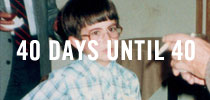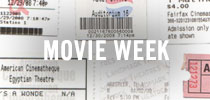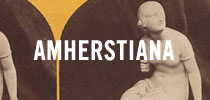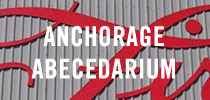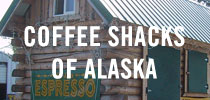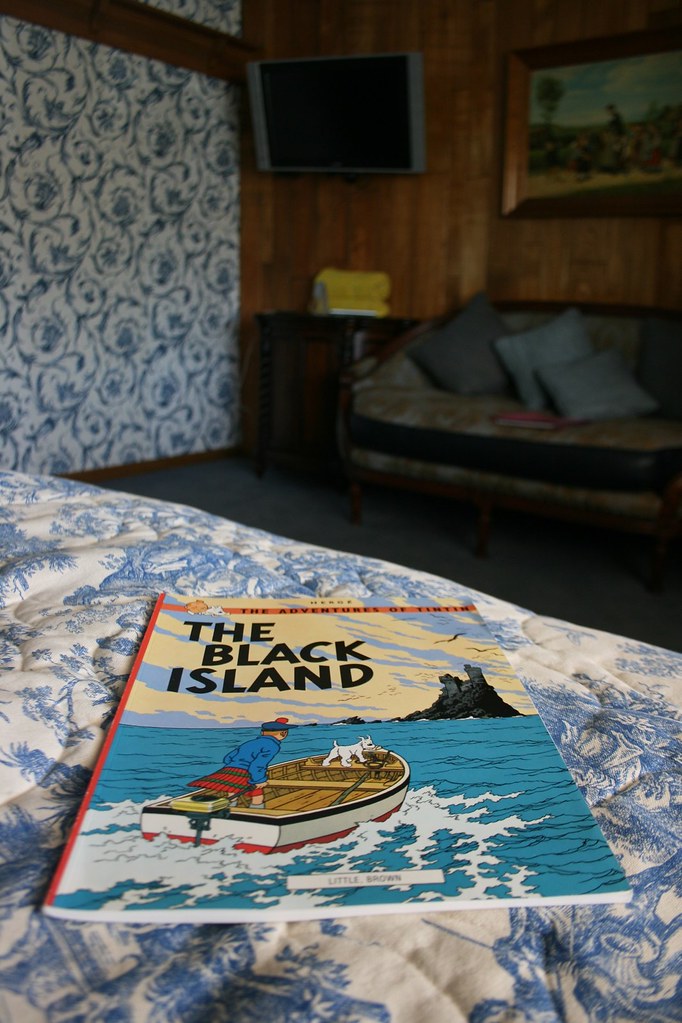
I think you’d really have to stay at the Madonna Inn for a week or so to get the full effect, switching rooms every night to get a better sense of the variety of decor. Our “Bit of Solvang,” or a “Study in Blue,” as it could be called, was fine, but fairly unremarkable. The thin walls and rattling pipes are, I presume, not part of the theme, but something everyone gets to deal with.
I went for a run from the Inn this morning into town, and enjoyed seeing some other corners of San Luis Obispo on a quiet Saturday morning. We had a tasty breakfast at Big Sky Café, and then wandered downtown, checking out the mission and stopping at Uptown Espresso, before Aimee’s wedding day activities began. Kelly and Kris were in from Virginia, so while Kelly was with Aimee and the bride, Kris and I took a brewery tour of SLO, enjoying a beer at Creekside Brewing Co. and another at Downtown Brewing Co. The last time Aimee and I were here, we didn’t have much time to wander around, and we were glad to be able to get to know the very pleasant town a little more this time.
By mid-afternoon, it was time to head to Cambria, where we checked into our room (maintenance issues in our assigned room meant we got upgraded to a suite, how nice) and got ready for the evening’s festivities.
As for The Black Island, well, it’s an absolute classic. The opening page is just perfection: twelve panels, from the first, in which Tintin walks carefree along the road as Snowy chases a butterfly, to the final frame, by which time we’ve been introduced to our villains and Tiintin has been shot. Hergé does it with such style and economy, it’s really remarkable.
Before re-reading the book this time, I hadn’t really paid attention before to the way the action occasionally extends beyond the edges of the frame: Snowy’s paws dipping below the bottom of the frame, or an exclamation bubble sticking out above the top.
Some other notes: You don’t see typos often, but here we have a policeman talking about how the pilot “baled out” of a plane.
We see another trope nother trope of the series, in which an errant shot knocks down something – a tree branch, a bunch of fruit, or in this case, a painting – which knocks out the bad guy. We also get the return of the old ploy, used many times throughout, where Tintin knocks out one guy and then hides until his co-conspirators come to see what’s going on – always one by one – and each get knocked out in turn.
Though The Black Island an early book in the series and was written in the 1930s, the version we’ve always known is actually an extensively re-worked version of the book from 1966, more than thirty years after the original black and white version was written, and twenty years after the first color version. This unprecedented third version of the book was occasioned when the book was to be translated into English for the first time, and it became clear that the England represented in the book was not nearly as accurate as it should be to be accepted by English readers.
I have a recent re-print in French of the color version from 1946, and it’s fascinating to see what elements were updated between that version and the one we know today – airplanes, cars, street scenes, and so on – as well as the other general changes, such as the move to the more detailed and realistic modern Tintin style. The book is a great adventure, full of intrigue, a band of forgers, a misunderstood gorilla, and some well-timed bits of comic relief.


